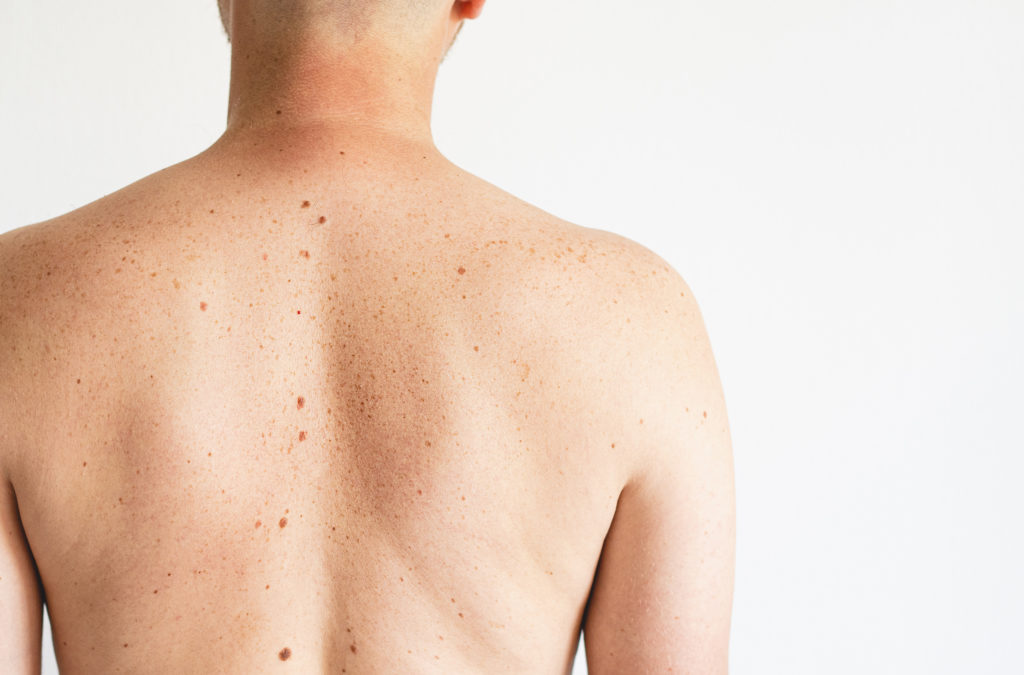Have you had a doctor check your skin for signs of skin cancer this year? Have you ever had a skin exam? Be honest; we won’t judge.
Here’s the deal: The Skin Cancer Foundation recommends that all adults see a doctor every year for a professional skin exam (and more often if you’ve had skin cancer before or are at high risk for it). If you can see a dermatologist, that’s even better, since they’re specially trained and have lots of experience in spotting skin cancers.
And don’t think you’re off the hook if you have a dark skin tone. Anyone of any race, ethnicity or skin color can develop skin cancer and, in fact, you can learn more about how vulnerable various skin types are here.
Now is a great time to take action. Most health insurance covers part or all of an annual skin cancer screening (although it never hurts to check first). If you’ve already paid off your plan’s deductible for this year, why not make an appointment now and get this done before January when a new deductible kicks in? You’ll save money, and it could possibly even save your life.
The Scoop on Your Skin Exam
- Before you see your doctor, check yourself out. Do a skin self-exam and take inventory of any spots that seem new, changing or unusual. (You can grab a hand mirror or a partner for help). Trust your instincts, and when you see the doctor, point out any areas of concern.
- Remove polish from fingernails and toenails before your appointment, as skin cancers can appear in nail beds. It’s best to go without makeup, too, or wash it off at the doctor’s office.
- Don’t be nervous. The exam is quick and easy. You may be lying down or sitting, and you’ll be mostly covered with a gown or cloth, which the doctor will fold back briefly in each area being checked. Yes, the doctor needs to look at every square inch of you, because skin cancer can develop even in areas not exposed to the sun. Your physician may also use a small, painless device called a dermatoscope to look more closely at a mole, spot or sore.
- If your doctor sees a suspicious spot, he or she may want to do a biopsy (sometimes more than one). This usually means removing part or all of the lesion and sending it to a lab for analysis. Don’t worry; in most cases it only takes a minute, and you barely feel it. If the report comes back (usually in about a week but sometimes longer) that the spot is skin cancer, your physician will contact you about what it is and what type of treatment may be needed.
- Remember that early detection of skin cancer is the key to the most minimal and cost-effective treatment with the highest chance of a cure. So don’t put off your exam any longer; call and make that appointment soon!





